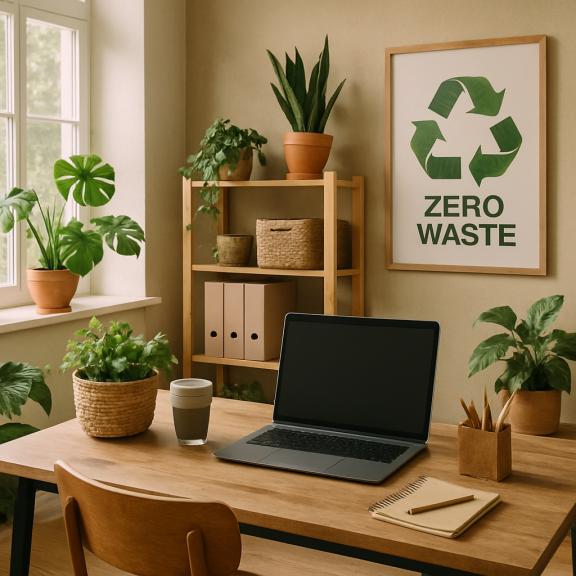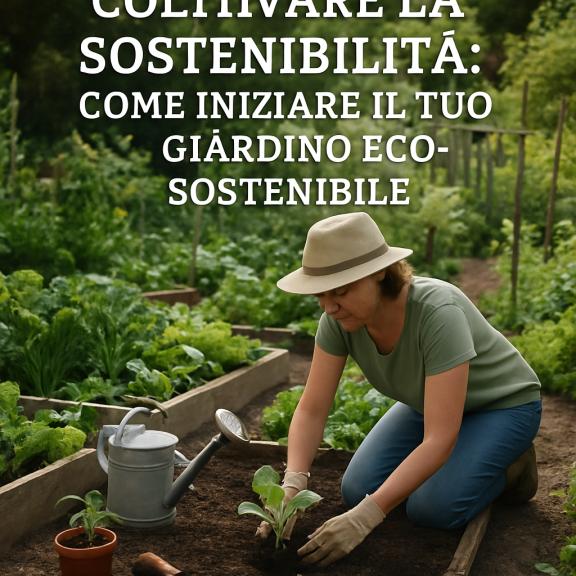Adding a Sustainable Touch: Eco-Friendly Materials and Green Practices
Un elemento spesso trascurato nella creazione di uno spazio di lavoro sostenibile è la scelta dei materiali e dei dettagli architettonici. Optare per materiali riciclabili o naturali, come legno certificato FSC, bambù o materiali a base di fibre naturali, può ridurre significativamente l'impatto ambientale dell'ufficio. Inoltre, l'installazione di grandi finestre e l'uso di luci naturali diminuiscono la dipendenza dall'illuminazione artificiale, contribuendo a risparmiare energia. Un aspetto secondario ma importante è l'attenzione alla qualità dell'aria interna: l'uso di piante da interno può favorire un ambiente più salubre e naturale, migliorando la qualità dell'aria e creando un ambiente di lavoro più gradevole. Curiosità interessante è che alcune piante, come il lattice di aloe vera o le sansevierie, hanno capacità purificanti e richiedono poca manutenzione, rendendole ideali per uno spazio di lavoro eco-sostenibile. Implementare pratiche di zero waste, come il riciclo dei materiali o l'utilizzo di prodotti riutilizzabili e compostabili, può ulteriormente ridurre l'impatto ambientale e sensibilizzare il team sulle pratiche eco-friendly. La creazione di un ambiente sostenibile non riguarda solo l'adozione di tecnologie verdi, ma anche l'educazione e la partecipazione attiva di tutti i coinvolti, per promuovere un vero cambiamento culturale verso il rispetto del nostro pianeta.
Enhancing Sustainability: Practical Tips for a Green Office Environment
Creating an environmentally sustainable workspace involves more than just choosing eco-friendly materials. It's about fostering a culture of sustainability where every detail contributes to reducing environmental impact. Incorporating practices aimed at achieving zero waste in the office, such as composting organic waste, minimizing single-use plastics, and encouraging digital documentation, is essential for a truly sustainable environment. Small changes, like providing reusable cutlery and promoting the use of refillable pens, can significantly reduce office waste. Additionally, designing the space with natural light and rainwater harvesting systems not only lowers energy consumption but also reminds employees of the importance of conserving resources. An environment that emphasizes sustainability can boost employee morale and productivity, cultivating a sense of shared responsibility. Interestingly, research shows that workplaces committed to sustainability often see increased engagement among staff, as empleados sienten que trabajan en un lugar que comparte sus valores. Incorporare piani di formazione su pratiche rispettose dell’ambiente e incentivare il senso di community può rafforzare questa cultura green, portando a un ufficio più sano e più rispettoso del pianeta.
Enhancing Sustainability Through Employee Engagement and Zero Waste Practices
In addition to choosing eco-friendly materials and adopting green practices, a fundamental aspect of creating a sustainable workspace is fostering a culture of environmental consciousness among staff. Educating employees about sustainable habits, such as reducing paper usage, optimizing energy consumption, and embracing zero waste principles, can significantly amplify the impact of eco-friendly initiatives. Small adjustments, like encouraging double-sided printing or opting for digital documentation, help minimize waste and lower the environmental footprint. Moreover, incorporating nature-inspired elements into the office design—like indoor plants—can improve air quality and boost overall well-being, reinforcing the commitment to an environmentally sustainable environment. Implementing recycling stations and composting areas further supports waste reduction goals and encourages staff participation in eco-friendly practices. Beyond physical modifications, embracing a mindset of continuous improvement is key; regularly reviewing and updating sustainability policies ensures the workspace remains aligned with eco-conscious goals. A zero waste in ufficio approach not only reduces waste but also promotes a culture of reuse and recycling, fostering a sense of shared responsibility. Ultimately, integrating these practices into the daily operations transforms an ordinary office into a vibrant, eco-aware environment where sustainability becomes part of the company's identity, inspiring everyone to contribute to a more sustainable future.










Comments